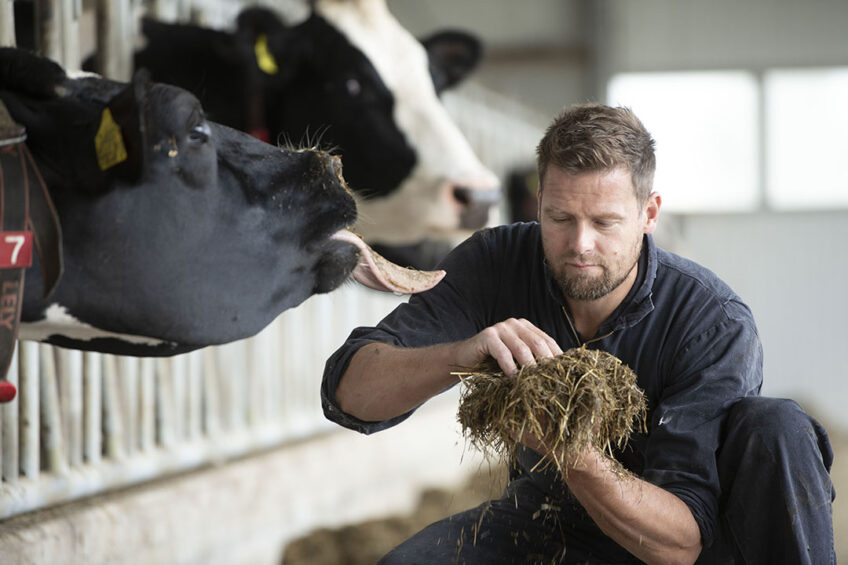5 tips to withstand a tough dairy economy

Here are recommendations that can be implemented with minimal effects on dairy cow performance, health, and welfare in most herds to capitalise on a margin and generate a profit.
Over the last decade, the growing world population has increased the demand for meat and milk products and has led to a rapid growth in the scale of cattle enterprises globally. As a result, dairy farming has significantly developed and continues to alter at an extremely fast pace. Therefore, producers need to be more proactive rather than reactive to continue in the current tough dairy economy. According to experts, the key part of the longevity equation in the dairy industry is for producers to truly understand both sides of their financial ledger. Below are some recommendations.
 Figure out how to control your feed costs
Figure out how to control your feed costs
Feed costs increased dramatically last year, and will likely remain high throughout 2022. Therefore, producers need to evaluate various opportunities to control feed costs. The biggest and likely the easiest way to reduce feed costs on many dairy farms is to minimise waste and shrink. In addition, if you grow most of your own feed, work with your nutritionist to maximise the use of homegrown feeds. Furthermore, feed heifers at recommended levels adequate for excellent growth and assess feed additives to verify if they are cost-effective in the diet.
 Understand your dairy’s financial performance
Understand your dairy’s financial performance
Keeping production and financial records is vital for today’s effective farm management. Producers need to be more open to farm record analysis and to the advent of computerised records as a tool to assist financial record-keeping and to trouble-shoot potential problems in the operation. In addition, having conversations with your entire team including your banker, accountant, processor, nutritionists, et,c. about strategies to get through challenging times is essential.
 Relocalise the food system
Relocalise the food system
Dairy farmers could work together to build their own processing plants and create retail markets that capture more of the consumer dollar. Consumers play a vital role to keep small, independent dairy farms viable. Dairy producers need to find customers that embrace local food production, care about the way the animals are treated, and are concerned about the impacts of the production process on the land and on other people. These customers will pay producers enough to make those kinds of operations economically viable.
 Make the right call to minimise non-productivity
Make the right call to minimise non-productivity
Make smart treatment and cull decisions on cows and heifers. For example, heifers with multiple treatments for pneumonia early in life are more likely to never have their first calf. Culling these heifers early will save the rising cost and the later disappointment in performance. Higher cull prices mean it may be more profitable to cull a cow early instead of treating her.
 Re-evaluate the protein and amino acid strategy in the diet
Re-evaluate the protein and amino acid strategy in the diet
Amino acids are the building blocks of proteins and play an important role in vital processes such as cell and hormone synthesis, muscle, and tissue repair, boosting the immune system, functioning of neurotransmitter and enzymes, and other biological processes. Evaluate commodities coming to the farm, such as canola, soybean meal and ‘bypass’ meal, check their real values and make sure you are not overfeeding protein and amino acids.
Join 13,000+ subscribers
Subscribe to our newsletter to stay updated about all the need-to-know content in the dairy sector, two times a week.










